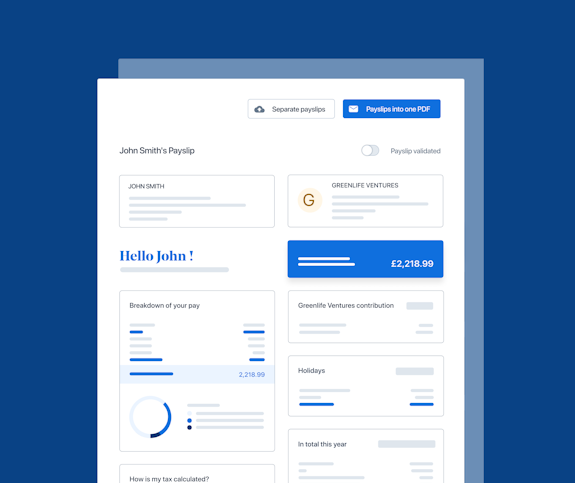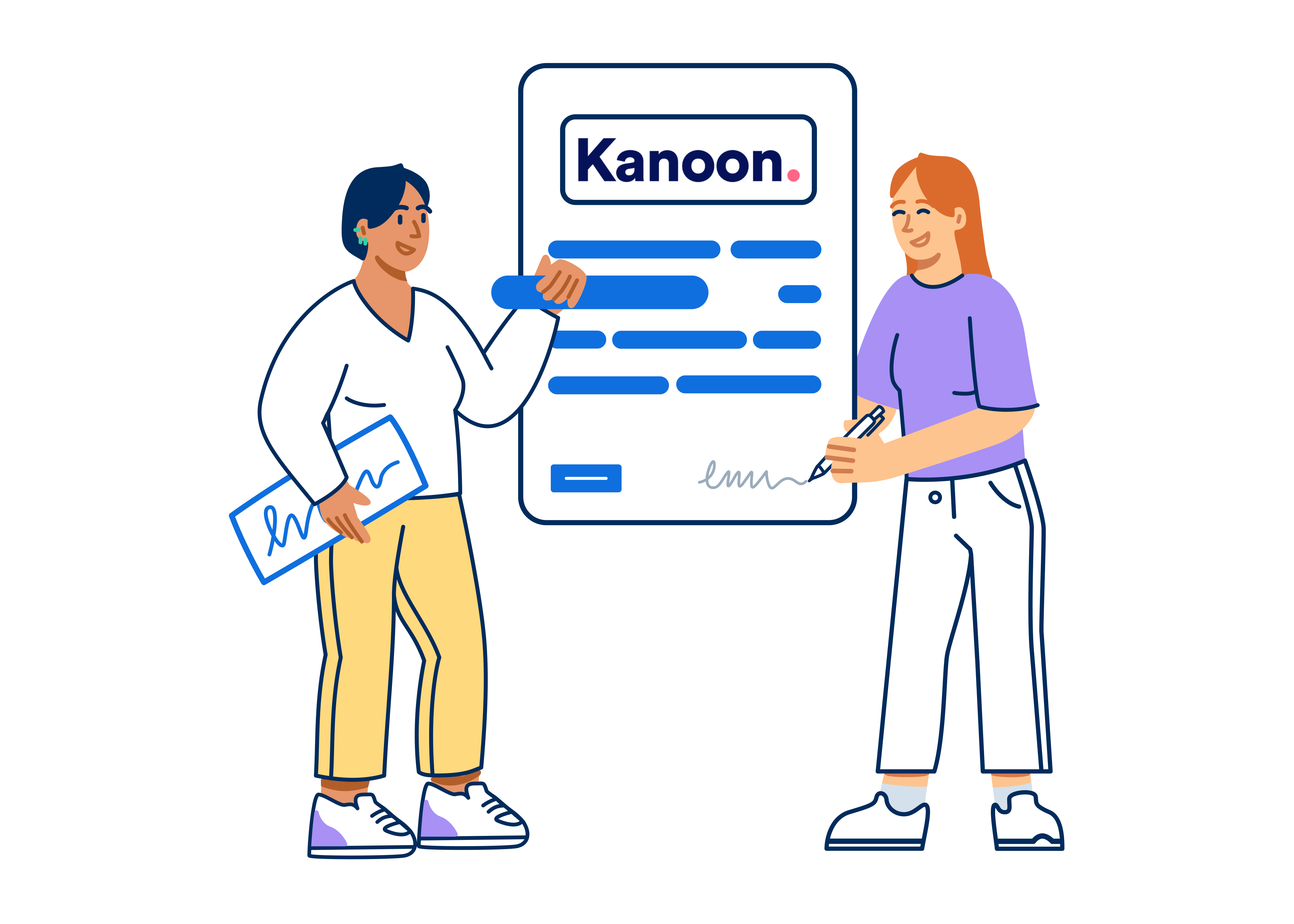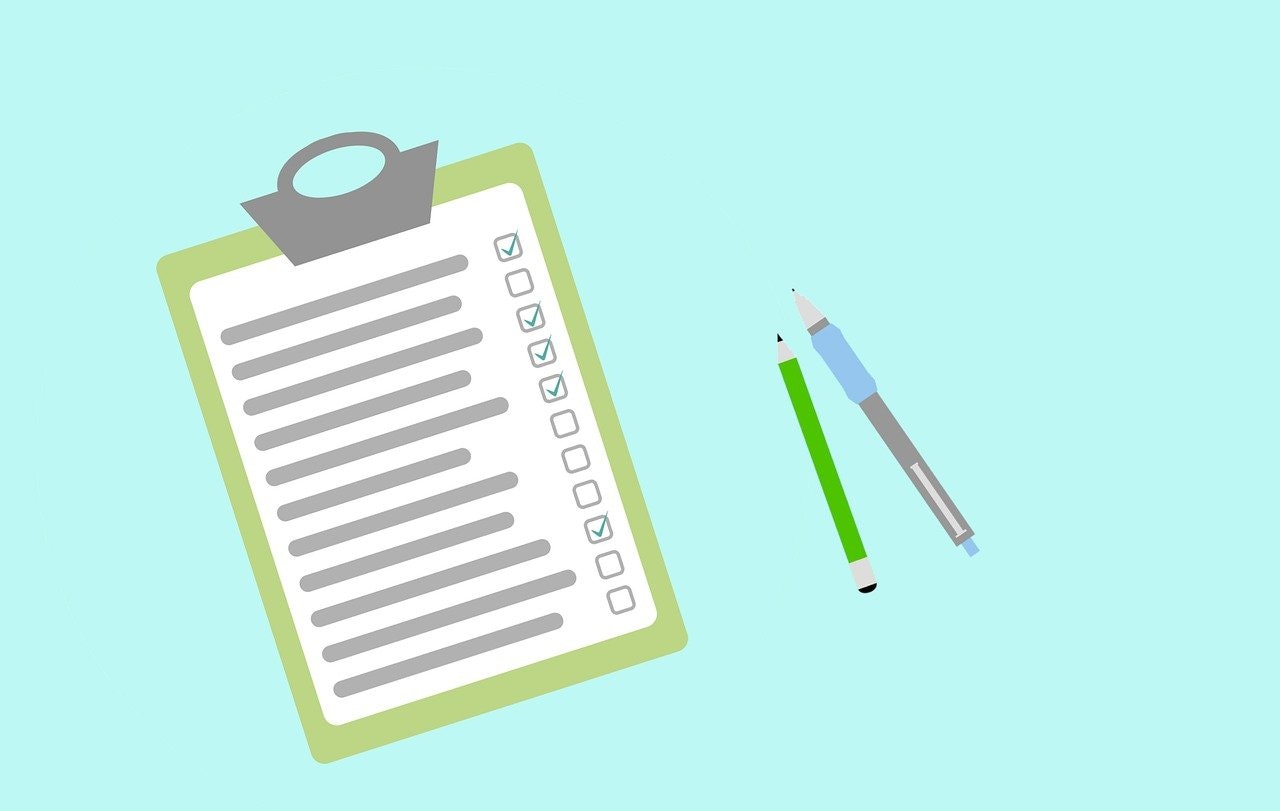- Blog
- |People management
- >Annual leave and absences
- >Employee sick leave entitlement
Employee Sick Leave Entitlement in the UK - What do Employers Need to Know?


UK sick leave entitlement is a complex and touchy subject. Employers need to strike the right balance by providing a policy that’s firm, fair and compassionate. At the same time, they have a duty of care to employees taking time off sick.
Let’s delve into the world of sick leave entitlement here in the UK and what employers need to be aware of from a legal standpoint.
What is sick leave?
Employees take sick leave when they can’t attend work because of an illness or injury.
An illness might take the form of a physical condition - like muscle soreness or the flu or a mental health issue, such as depression or acute anxiety. Equally, an employee might also request time off sick to deal with a more critical health issue - such as recovering from cancer treatment or a life-saving surgery.
Sick days are usually taken one or two days at a time. Occasionally, an employee might need a whole week off, or more, to recover from something more challenging.
An employee must be paid for any sick day that they take, otherwise known as sick pay. You can either pay this out as Statutory Sick Pay (SSP), which is the legal entitlement, or at your company’s Occupational Sick Pay (OSP) rate.
Why do UK employees commonly take sick leave?
There are lots of reasons why an employee might use their sick leave entitlement. Here in the UK, the most common reasons are:
Minor health issues
The common cold, flu, stomach aches, and migraines fall into this camp. Though these conditions may be mild and only result in a brief period off, they can still be disruptive for teams and businesses.
Mental health disorders
An increasingly more recognised and costly issue for both employees and businesses. A recent survey by Spill revealed employees take an average of 18 days off per year to deal with stress, anxiety and depression.
Musculoskeletal injuries
These can include everything from back pain to pulled muscles. Those working in manual labour are especially prone to these, and recovery can be tricky and complex for businesses.
Appointments with doctors or other practitioners
Sometimes, employees need to take medical appointments. Usually, they’ll take a sick day for this rather than using up their annual leave.
Long-term and short-term sick leave - what’s the difference?
You can categorise an employee’s illness-related absence as short-term or more long-term.
If an absence lasts under a week, then it’s considered short-term. While self-certification isn’t required in this instance, you can ask for this as an employer. You can obtain this verbally from your employee or through writing (e.g. in an email). You can also ask employees to fill out a SC2 form from HMRC, though they’re not legally obliged to do this.
Being off sick for longer than a week is classed as a longer-term absence. In this case, employees must provide you with a Statement of Fitness for Work (more famously known as the ‘fit note’).
Fit notes can be issued by a number of different health practitioners, from doctors, GPs, and nurses to pharmacists, occupational therapists and physiotherapists. These last professionals are known as allied health professionals (AHPs) and might produce a Health and Work Report instead, kind of like a sick note.
Any absence that lasts longer than four weeks is officially known as long-term sick leave.

What does the UK law say on sick leave?
When it comes to sick leave entitlement law in the UK, there are a few legal obligations employers need to be mindful of.
Statutory sick pay regulations are outlined in the Statutory Sick Pay Regulations of 1982 and the Statutory Sick Pay (Medical Evidence) Regulations of 1985. In addition, employers should observe other ‘sick pay right’ and ‘return to work’ rules.
What’s the rate of pay for SSP?
Statutory sick pay (SSP) is the financial compensation employees are to receive on sick leave. As an employer, you must pay your staff this ‘sick pay’ directly.
Currently, the rate of sick pay is £109.40 a week, which employees can claim in full pay for up to a period of 28 weeks. Working out SSP calculations can get a little tricky as you need to include non-working days, weekends and bank holidays - here’s a full breakdown of how to calculate SSP for employees.
Just like other benefits, SSP is subject to taxes and National Insurance (NI).
Who’s entitled to SSP?
Though a statutory right, not all employees are entitled to sick leave in the UK; only those who:
Can be classed as an ‘employee’ (learn more about employment status)
Earn over £123 per week, on average
Have been off sick for four consecutive days or more
Have notified their manager within seven days (or as per your company’s policies)
It’s also worth noting SSP is the minimum sick leave entitlement in the UK. As an employer, you can offer additional payment through your company’s very own occupational sick leave policy.
Some part-time employees may be able to qualify for sick pay, but only if they meet specific financial criteria. They’d also need to earn an average of £123 a week. In this instance, sick pay can be paid to non-employees like casual or temporary staff, fixed-term workers or those on zero-hour contracts.
How many sick days is a UK employee entitled to annually?
There’s no annual sick leave entitlement in the UK. In other words, there’s no maximum number of paid sick days employees are allowed to. It’s up to you, as the employer, to decide what this number should be.
You should think about what makes sense for your industry. If your work requires a lot of manual labour, for instance, you might want to consider a more generous policy and offer ten paid sick days per year. If your company is based in a sector like finance or technology and most of your workers are desk-bound, then this might look different.
It might also be a good idea to outline, as part of your sick leave policy, what is and isn’t acceptable, for instance, if certain employees have a habit of taking almost every Friday off or suddenly call in sick when their holiday request has been declined.
The Bradford Factor score is an absence-focused key performance indicator (KPI), which is another way of assessing sick leave trends within your organisation.
Is a UK employee entitled to take sick leave during their probation?
It doesn’t matter if an employee is on probation - they can still take sick leave. While on probation, employees qualify for SSP as well as Maternity Leave (ML).
Can a UK employee be dismissed because of excessive sick leave?
The answer is yes; you can dismiss an employee on the grounds of taking extended sick time. But you should only put this into action as a last resort.
You’ll need to follow a capability dismissal procedure where you demonstrate that the employee isn’t able to fulfil their contractual duties and, therefore, is in breach of their employment contract.
But you must be careful, especially if an employee is suffering from a workplace injury - they could bring a claim against your business.
What happens if an employee uses their whole sick leave allowance? For example, if they’re on long-term sick leave?
It’s important to note that while there is no maximum sick leave entitlement in the UK, employers only need to pay SSP up to a consecutive 28-day period. After this, if an employee still needs more time off, it’s up to you as an employer whether to pay them for this. This is where your company’s occupational policy can provide additional paid days. Alternatively, if this isn’t available, the employee can request to take unpaid leave or use some of their annual leave.
It’s worth noting that after SSP runs out, employees can make an Employment and Support Allowance (ESA) claim or apply for Universal Credit. They’ll need you to fill out a form called SSP1 in order to apply for these schemes.
How payroll software takes the aches and pains out of sick leave
Making leaves & absences work in tandem with your payroll system can be tricky. But with PayFit, managing sick leave and pay alongside payroll becomes a cinch.
To start, we automate all calculations for SSP and OSP. We also give managers and employees the power to submit and handle requests, so there’s no need to go through HR every time. And as soon as leave is validated, payslips update automatically with the amount of correct sick pay.
But it doesn’t stop there. PayFit allows you to keep track of how many sick days an employee has taken, as well as how many days SSP are left during a rolling SSP period.
Find out more by booking in a short demo with a member of the team below.


A UK 4-Day Working Week - Thoughts On Labour’s Plan

Running payroll - A Guide For New Businesses

The Alabaster Ruling & Maternity Pay - A Guide For Employers

The End Of Zero Hours Contracts? Implications For Businesses

What is the HM Revenue and Customs Starter Checklist

